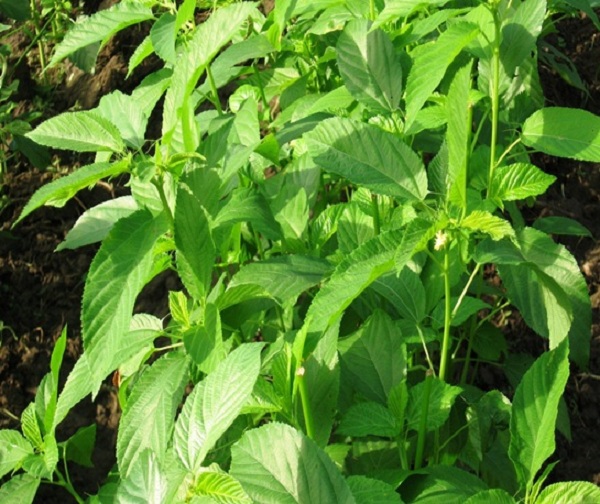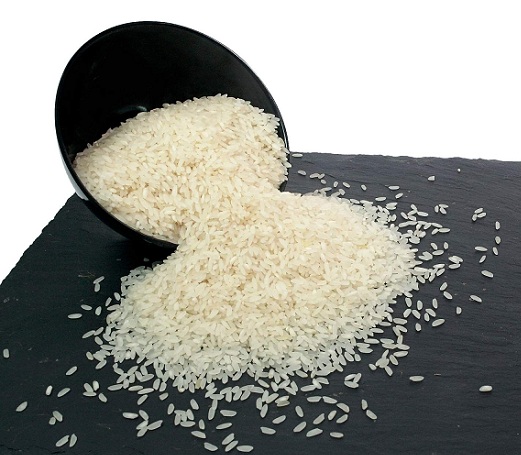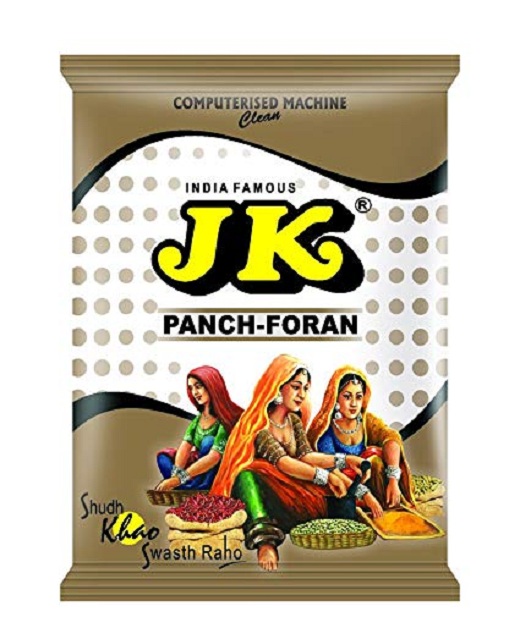Jute Leaf /Saluyot /Ewedu /Paat Saak
800. Jute Leaf /Saluyot /Ewedu /Paat Saak
About
Jute leaves may not be known to many, but they are a part of the jute plant that's mostly cultivated in Asia, the Middle East, and parts of Africa. Jute leaves are used as a food source in these regions; in fact, they are said to add a distinct flavour to food and also act as thickeners in soups, stews and sauces. Jute leaves are also known as saluyot, ewedu or lalo, depending on the region they are being cultivated or cooked in. The leaves have slightly toothed edges. When harvested young, jute leaves are generally flavourful and tender; on the other hand, older leaves tend to be fibrous and woody. Scientifically known as Corchorus Olitorius, parts of jute plants are used in many ways. While jute stems are used to make rope, paper and a variety of other products, jute leaves are not just for culinary uses but also are known for their medicinal properties.
Benefits
It may prevent conditions like arthritis, acne, asthma and cold. Jute leaves are said to be a good source of beta-carotene, which is why it is used in medicines in most parts in Africa and Middle East. It is said to contain iron, protein, vitamin A, C and E, thiamine, riboflavin, niacin, folate and dietary fibres.
Uses
In most parts of Nigeria, they are prepared into a sticky soup known as ewedu along with other ingredients including sweet potato, dried small fish or shrimp. People prepare soups, stews, curries, vegetable dishes, and sometimes teas and tisanes using jute leaves.
Availability: Out of Stock






